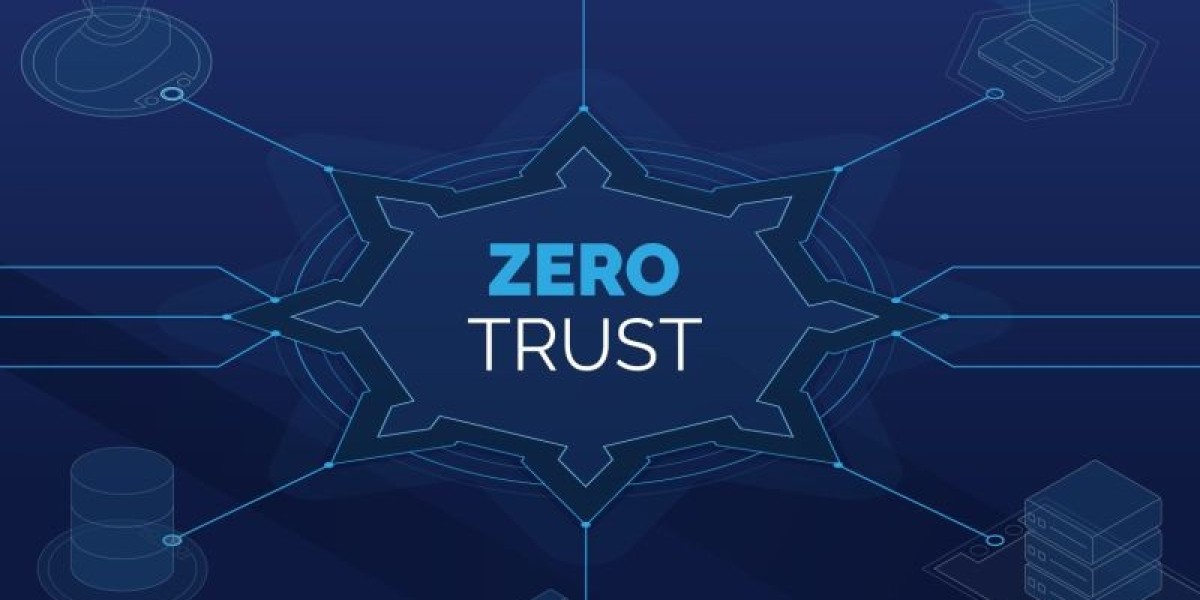While the principles of Zero Trust are clear, the path to full implementation is fraught with complexity. Organizations are moving from pilot projects to enterprise-wide deployment, encountering significant hurdles related to legacy systems, cultural shifts, and technology integration. The conversation is now shifting from why to how, focusing on the practical realities of making "Never Trust, Always Verify" work at scale.
The scale of this challenge is matched only by the level of investment. According to Straits research, the global zero trust security market size was valued at USD 29.14 billion in 2024 and is expected to grow from USD 33.9 billion in 2025 to reach USD 113.6 billion by 2033, growing at a CAGR of 16.32% during the forecast period (2025-2033). This growth funds not just new technologies, but also the extensive professional services required for successful implementation and management.
Implementation Hurdles and the Rise of Managed Services
The journey to Zero Trust is not uniform. Key challenges are shaping a new sub-industry of solutions and services:
Legacy System Integration: Many critical business applications run on legacy systems that were not designed for modern identity protocols like SAML or OAuth. Integrating these into a Zero Trust architecture requires custom workarounds or costly upgrades, creating significant friction. This has led to a rise in specialized integration tools and "brownfield" adaptation strategies.
Cultural and Operational Change: Zero Trust represents a fundamental shift from a trust-by-default to a trust-by-exception model. This can be met with resistance from employees accustomed to seamless network access. Successful implementation requires extensive change management and user education to balance security with productivity.
The Skills Gap: There is a severe shortage of cybersecurity professionals with deep experience in architecting and managing Zero Trust environments. This gap is fueling the growth of Managed Security Service Providers (MSSPs) and Managed Detection and Response (MDR) providers that offer Zero Trust as a managed service. Companies like IBM Security (USA) and Accenture (Ireland) are building large practices dedicated to helping clients navigate this transition.
The Evolving Competitive Landscape: Niche Players and Consolidation
Beyond the major platforms, a ecosystem of specialized players is addressing specific gaps:
ForgeRock (USA) & Okta (USA): These identity specialists are critical players, providing the robust Identity and Access Management (IAM) foundation upon which Zero Trust is built. Their focus is on managing digital identities across hybrid environments.
Cloudflare (USA): Originally a CDN provider, Cloudflare has aggressively moved into the Zero Trust and SASE space, competing with Zscaler and Palo Alto by leveraging its massive global network to offer low-latency security services for distributed organizations.
Tanium (USA): Focused on endpoint management and security, Tanium provides the real-time visibility and control needed to enforce Zero Trust policies on every device, a critical capability for verifying device health before granting access.
Recent News and Strategic Shifts
Google (USA) has made significant strides in implementing Zero Trust internally with its BeyondCorp enterprise framework and is now offering these principles as a service through Google Cloud.
Microsoft recently announced expanded conditional access policies in Entra, allowing for more granular, risk-based access controls that consider factors like user location, device compliance, and real-time threat intelligence.
A notable industry development was the acquisition of McAfee's enterprise business by a consortium led by Symphony Technology Group, a move aimed at reinvigorating the brand with a focus on integrated solutions that align with Zero Trust principles.
The Next Frontier: Zero Trust for IoT and OT
The next major challenge is applying Zero Trust principles to the Internet of Things (IoT) and Operational Technology (OT) environments. These devices often have minimal built-in security and cannot run traditional security agents. Innovative approaches, such as network-level micro-segmentation and AI-driven anomaly detection for device behavior, are being developed to secure power grids, manufacturing plants, and healthcare equipment.
Summary
The Zero Trust journey is a complex marathon, not a simple sprint. Success hinges on overcoming significant technical and cultural obstacles, often with the help of specialized partners.













